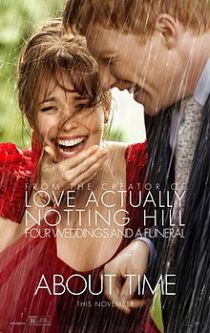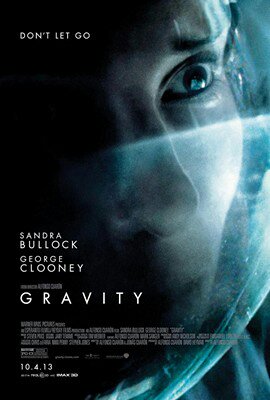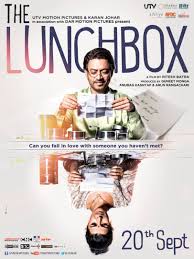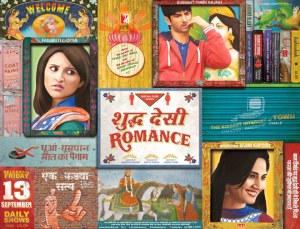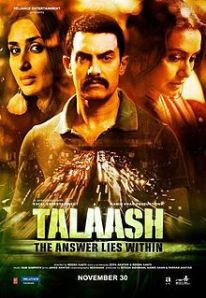
Major spoilers ahead
-Limitless point of view
If the central character is not the eye of the audience into the world, it is difficult to maintain the intrigue. Here Surjan learns about anything important at least 5 minutes after audience knows about it. Be it the involvement of Sasi or Tehmur in the plot or what happens to Tehmur with the money bag, we are always ahead of Surjan. And we are forced to patiently wait while he figures out what has happened.
-Ineffectual central character
When I think about it, this thriller doesn’t even require Surjan for it to happen. He just happens to be in the middle of it, effectless. The decisions or fates of Sasi or Tehmur or Armaan Kapur’s friend don’t appear to be influenced by Surjan in any way that really matters.
-Confusing your tone
Well, I know there are movies that has done the ‘genre jump’ well. But my problem is not that it starts off as a investigative thriller and ends as a supernatural thriller, but that it takes the emotional angle little too seriously without being able to really pull it off well. As a result, the movie has two centers of gravity which pull at each other. One the crime thriller and the other the father-son-wife angle.
-Character cliches
The investigator with an unresolved conflict going into a investigation and coming out sorted out is the oldest trick in the book. The marriage in ruins- check. The all knowing, seductive femme fatale- check. The accommodating, convenient right hand man- check.
-Single kill
In the current age, we have seen all kinds of tricks to pull a twist. A single reveal is not enough. You have to be ready with a second one. The twist in this one can be seen coming from miles ahead. As Tony Gilroy rightly said, audience now are very good in second guessing the writer. You can’t rely on a single twist. After the reveal, I just hoped that something else is coming- because the reveal was so obvious and derivative I wrongly assumed that writers are aware how obvious it is.
-Sticking around after the final kill
Once you have pulled out your last trick, get out of there as fast as possible. Elaborate epilogues happen when the writer underestimates the audience or when he confuses the objectives he has with the story. This movie could have ended at least 4-5 minutes earlier I guess. And the longer the movie is after the reveal, the more diluted the impact of the final reveal.


